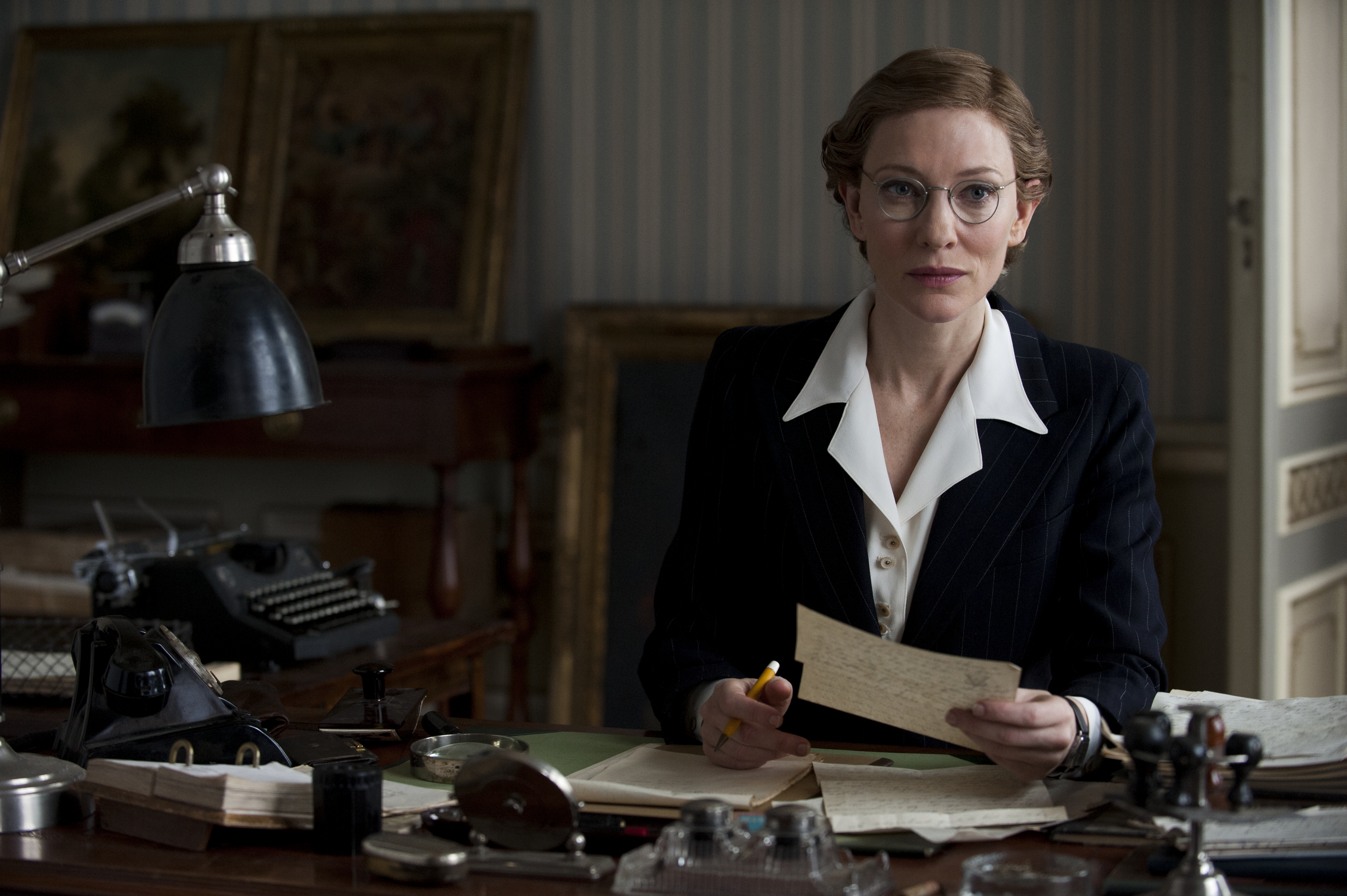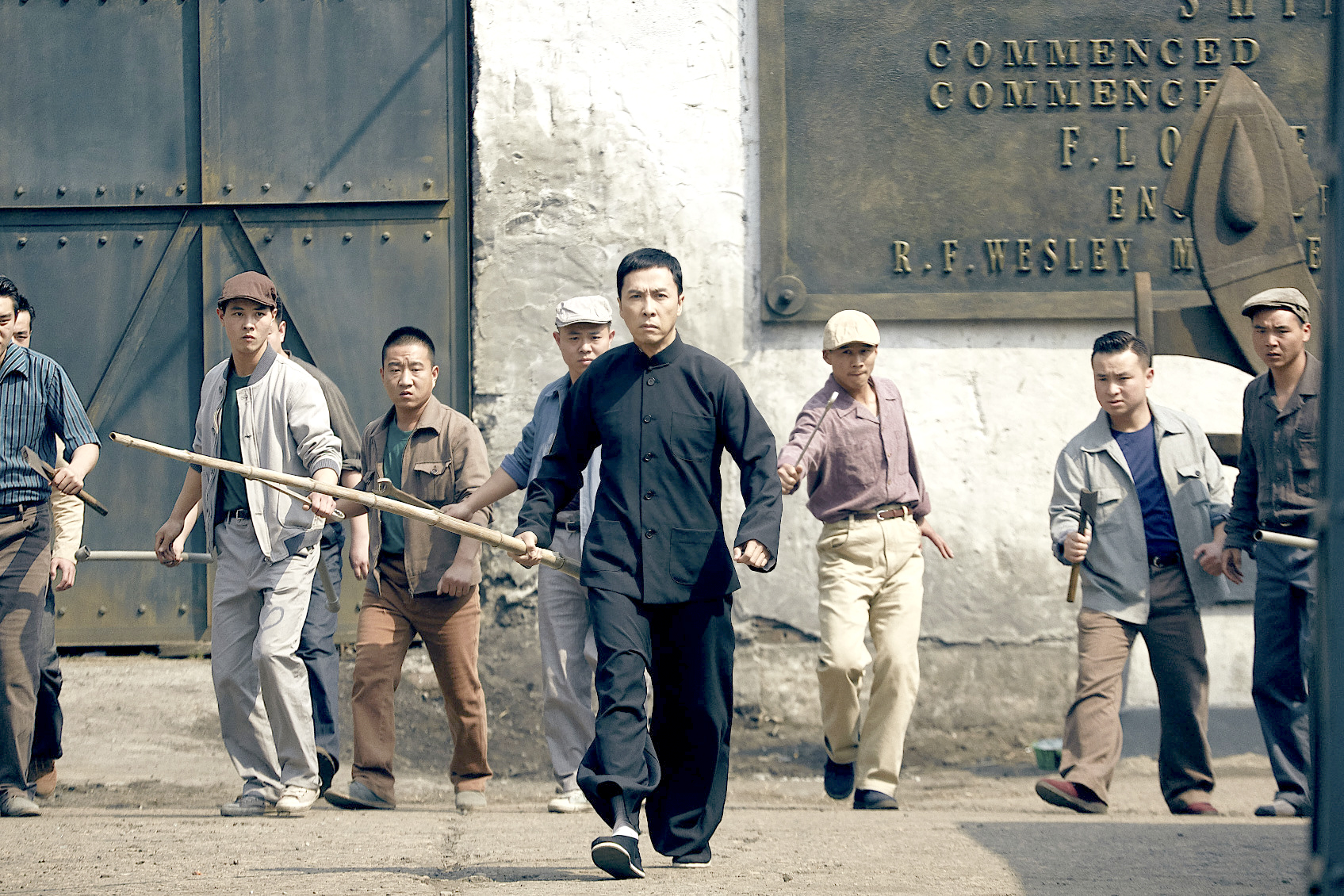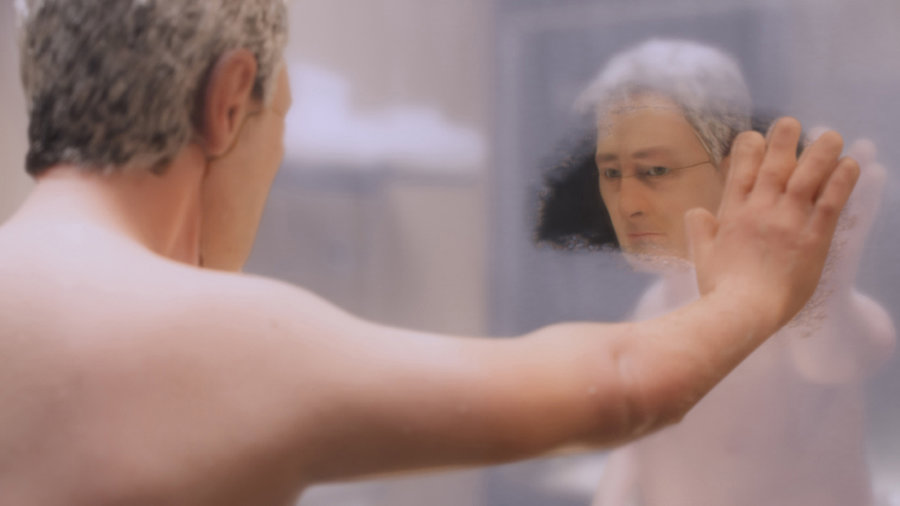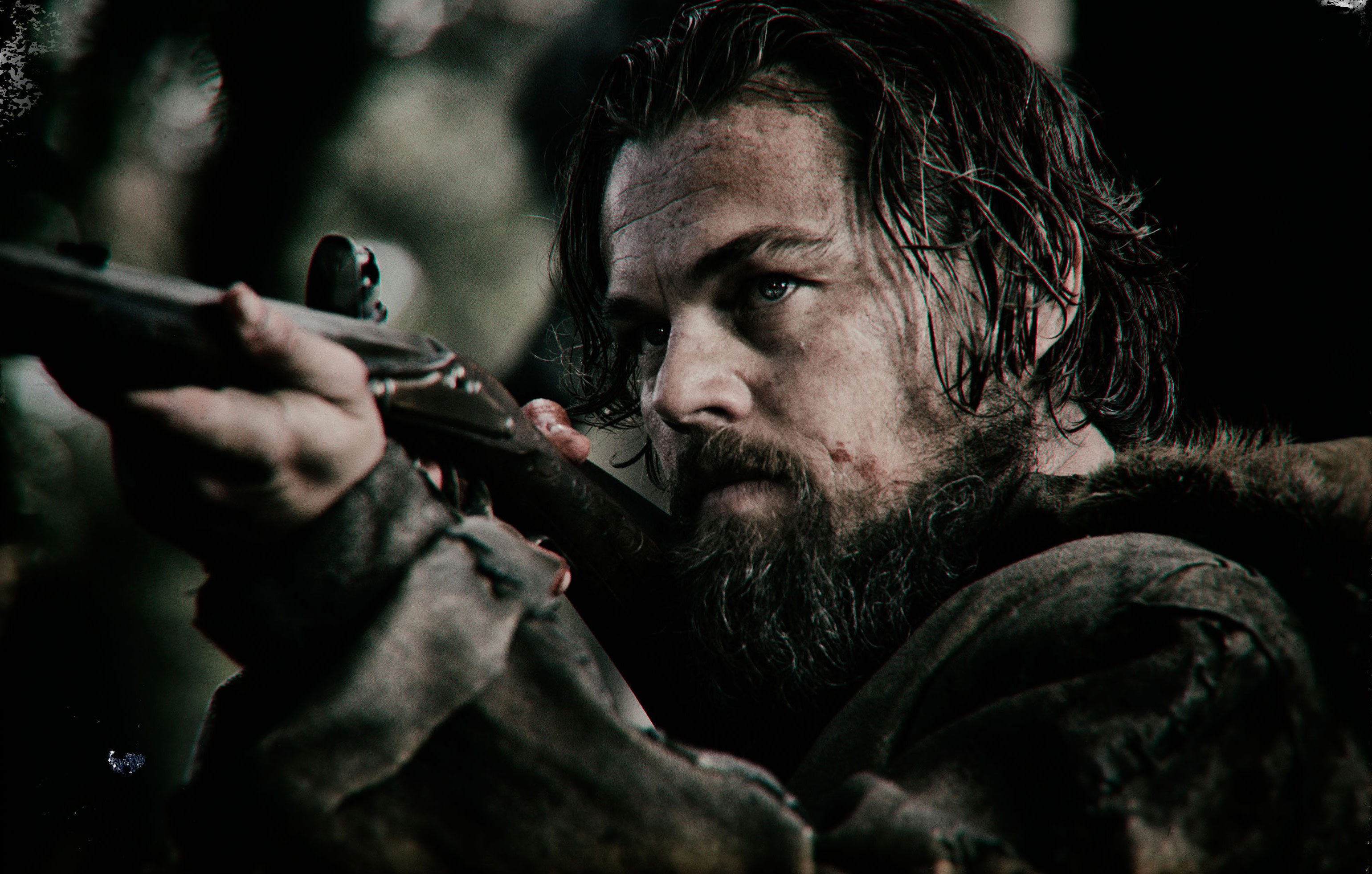The Monuments Men
Opens Fri., Feb. 7 at Ark Lodge and other Theaters. Rated PG-13. 112 minutes.
Start reading about the Allied military unit charged with finding and securing the stolen artworks of World War II, and you will happily disappear into fascinating stories of heroism in the face of Nazi treachery. The 2006 documentary The Rape of Europa stirringly recounts part of the saga, and is a good starting point for further inquiry. George Clooney’s movie, inspired by the unit, is a sincere if unwieldy plea for art as a vital human resource, but The Monuments Men can’t quite do justice to the tale.
Clooney first appears as Danny Ocean with professorial beard: Frank Stokes, a museum curator with FDR’s approval to assemble a crack team of art experts for active duty. As a filmmaker (he co-wrote with frequent partner Grant Heslov), Clooney knows he can’t entirely escape the air of the Ocean’s Eleven pictures, so he doesn’t try; the all-star assembly this time returns Matt Damon to the ranks, with new enlistees Bill Murray, Jean Dujardin (the Oscar winner for The Artist), Bob Balaban, and John Goodman. On the theory that professors and art experts are probably less colorful than jewel thieves, Clooney sprints through the recruitment process, getting the Monuments Men to the front lines where they can hunt for hidden masterpieces and crack a few jokes. The old-fashioned humor includes some kidding-in-the-face-of-possible-death, suggesting that Clooney has recently enjoyed a few Howard Hawks pictures. Meanwhile, a subplot involving Hugh (Downton Abbey) Bonneville’s disgraced British curator has an agreeable old-Hollywood simplicity—Clooney could be trying to make a movie that really might’ve been produced in the 1940s.
The problems come when Clooney tries to weave his jocular mood together with intimations of the Holocaust and periodic speeches—there are at least two too many—in which we hear about how the art saved by the Monuments Men really was worth the effort and expense. (I wish the movie didn’t feel the need to apologize and explain—sadly, it knows it does.) The clunkiness of the connecting scenes keeps the film from truly getting underway—it moves like a jeep on a dirt road—although a couple of well-written conversations keep the interest going. One involves Stokes, a pack of cigarettes, and a Nazi POW; the other has Damon’s art restorer passing an evening in Paris with his contact, a museum employee (Cate Blanchett) who watched the Germans move hundreds of artworks out of the city under her careful, wary gaze. (Her character is based on one of the most amazing true stories to come out of the Monuments Men effort.) For a moment, Damon and Blanchett get a palpably human connection going amid the historical do-goodery. There’s a movie that might be made from that moment, but The Monuments Men is too dutiful for that.
film@seattleweekly.com







